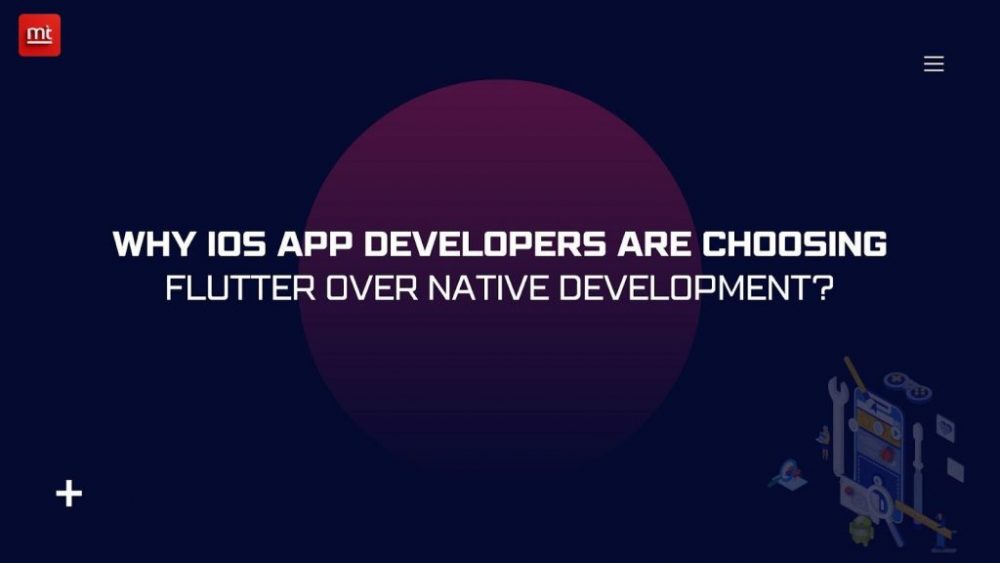
If you’re building for Android, the Jetpack library isn’t optional anymore. It’s the foundation. Without it, your app will age fast, break often, and slow your team down. Mobile application solutions often rely on Jetpack components to streamline development and ensure stability across devices. Hire mobile app developers when you’re aiming for scalable architecture and up-to-date tech practices right from the start.
Jetpack gives you modular tools that handle the hardest parts of Android app development. Each piece solves a real problem, from managing screen state to keeping background tasks alive. You don’t need all of it, but you do need to know where it fits and when to use it.
Let’s get into the pieces that matter.
Architecture: The Code That Keeps Itself Together
Structure matters. You already know that. But structuring hiring Android app developers used to be a guessing game. Jetpack gives you a set of architecture libraries that remove the guesswork. This architecture is crucial for teams offering mobile app solutions, as it allows consistent design patterns and scalable code bases. If you’re just getting started or managing a transition, it’s often helpful to hire mobile application developers with hands-on experience in Jetpack-based architecture.
ViewModel
You can’t afford to rebuild UI data every time the screen rotates or a configuration changes. ViewModel holds that data for you. It lives longer than a Fragment or Activity, and it’s scoped exactly where it should be: one screen, one model.
Use ViewModel when:
- You need UI state to survive rotation
- Your screen talks to data sources
- You don’t want to reload everything on minor changes
LiveData
LiveData watches your data. When it changes, your UI updates. No manual triggers. No memory leaks. And it only updates when the screen is active, so you don’t burn resources on views that aren’t visible. A good practice for large, dynamic interfaces is to hire dedicated mobile app developers who can build lifecycle-aware components effectively.
Use LiveData if:
- Your UI depends on live data feeds
- You’re tired of null pointers and outdated values
- You want lifecycle-aware updates without extra code
Room
Room turns SQLite into something usable. You define your schema with data classes and annotations. Room validates your queries at compile time and maps rows to objects. No messy boilerplate. No raw SQL unless you want it.
Use the Room when:
- You need offline data
- You want to observe your database like LiveData
- You want schema validation without writing SQL by hand
WorkManager
Your app needs to do real work in the background. But if the phone reboots, loses signal, or gets battery-throttled, that work can die quietly. WorkManager doesn’t let that happen. It chooses the best method to run your tasks and keeps them alive under pressure. This resilience is key in cross-platform mobile application development, where background reliability must be consistent across devices and OS versions.
Use WorkManager when:
- You schedule uploads, syncs, or reminders
- The task must run, even if delayed
- You want logic to retry automatically on failure
Projects with complex background logic benefit when you hire the best mobile app developers who can configure WorkManager efficiently.
Data Binding
Data Binding ties your layout directly to your code. Instead of updating views manually, your data takes care of it. It reduces click listeners, view lookups, and repetitive UI updates.
Use it when:
- Your views change based on logic
- You want less code in your Fragments or Activities
- You work on complex layouts that mirror your data
UI: Build Interfaces That Work Across Screens
Your UI needs to work on thousands of devices. Jetpack helps you build clean interfaces that behave as expected. Whether you use XML or Kotlin, it gives you a way to write fewer layout files and reuse logic across screens. Teams offering hybrid mobile application development services often take advantage of this consistency to ensure performance across device categories. To ensure seamless interface behavior across form factors, it’s smart to hire top mobile app developers with a track record in adaptive UI design.
Jetpack Compose
If you’ve written React or SwiftUI, you already get it. Jetpack Compose is Android’s declarative UI toolkit. You write UI in Kotlin. State drives the layout. And every component is reusable.
Use Compose when:
- You want fewer XML files and cleaner UI logic
- Your app has dynamic or state-driven layouts
- You’re starting fresh and want a modern stack
Fragments
Still using multiple screens in a single Activity? Fragments let you modularize each screen. They manage their own lifecycle, back stack, and logic. With Jetpack Navigation (if you use it), they also work well with transitions and state. In larger apps, it’s often useful to hire mobile app programmers who specialize in modular UI and screen management.
Use Fragments when:
- Your app has a multi-screen flow
- You need reusable UI blocks
- You want to control the lifecycle without rebuilding everything
Layouts
Whether you use ConstraintLayout or Compose, the goal is the same: build a UI that adjusts to screen sizes without the nested mess. ConstraintLayout gives you flexibility. Compose gives you simplicity. Both scale well.
Use them when:
- You support tablets, phones, and foldables
- You care about performance
- You need fine control over screen placement
Behavior: The Invisible Logic That Just Works
Your app talks to the system more than you think—handling permissions, sending notifications, and sharing content. These things either build trust or frustrate your users. Jetpack gives you consistent ways to handle them. To ensure tight integration with system features, you might want to hire expert mobile app developers who know how to get the most out of these APIs.
Permissions
Android permissions are strict for a reason. Jetpack helps you request them in a way that respects the OS and the user. You handle everything—rationale, callbacks, and responses—without writing fragile code. These practices are especially critical when developing with native mobile application development services, where platform-specific permissions must be carefully managed for security and performance.
Use it when:
- You ask for the camera, location, or files
- You need permission status awareness
- You don’t want to repeat request logic for every feature
Notifications
Notifications need structure, not just content. Jetpack makes it easier to create channels, manage badges, and define priorities. Your app communicates clearly and follows Android rules without exceptions.
Use it when:
- You notify users of events, updates, or alerts
- You want grouped, styled, or custom actions
- You manage delivery for different user segments
Sharing
Whether you share a photo or a plain-text invite, Jetpack handles the intent wiring. You avoid mismatches, broken previews, or missing app handlers. This makes it ideal when you hire remote mobile app developers to build collaboration-based features or content-sharing mechanisms.
Use it when:
- You share content between apps
- You want to use the system’s Sharesheet
- You care about reliability across devices
Foundation: What Every App Needs Underneath
These libraries run under everything else. They don’t change your app’s behavior directly, but without them, things fall apart.
AppCompat
This is how you get consistent behavior across Android versions. AppCompat gives you the same look and feel on older phones. You don’t worry about what’s supported or not—it just works.
Use it when:
- You support anything below Android 10
- You use themes, colors, and widgets across versions
- You want stable behavior on legacy devices
Android KTX
KTX makes Kotlin cleaner on Android. It replaces clunky boilerplate with simple, readable methods. You still use the same APIs, just with smarter syntax.
Use it when:
- You write Kotlin full-time
- You want to stop writing verbose utility code
- You want to chain calls and simplify logic
Multidex
Android limits the number of methods in a single DEX file. When your app grows, you’ll hit that wall. Multidex splits your code into multiple DEX files so the build succeeds.
Use it when:
- You use many libraries
- Your APK size grows past 64k methods
- You support Android versions below 5.0
Where To Begin (And What Not To Do)
You don’t need to install every Jetpack library at once. That’s a mistake. Start with the pain point you feel the most. Use one component. Test it. If it fits, expand.
Here’s what works:
- Start with ViewModel and LiveData for any screen
- Add a Room when local storage is needed
- Use WorkManager only when background tasks require reliability
- Migrate to Compose when you need cleaner UI logic, not just to follow trends
A structured rollout like this mirrors what works in other disciplines too. In performance coaching, for example, even widely trusted guides like the Top 10 Proven Ways to Stay Healthy & Fitwork best when you focus on one action at a time. The same idea applies here. One library, one improvement, real results.jab d
And what doesn’t:
- Don’t replace working code just to use Jetpack
- Don’t assume one library solves multiple problems
- Don’t avoid updates. Most Jetpack libraries fix bugs fast. Stay current.
Summing Up: What You Gain
Jetpack isn’t magic. But it removes a lot of chaos:
- You get cleaner code with fewer bugs
- You manage the lifecycle without manual cleanup
- You work faster because you’re not rewriting helpers or workarounds
The libraries are designed to make good code easier to write and harder to break.
If you’re maintaining a team or shipping production apps, that matters. A lot. You can get in touch with the Android expert team at AllianceTek to build Android apps that scale.
Also Read: Your Own Taxi App






